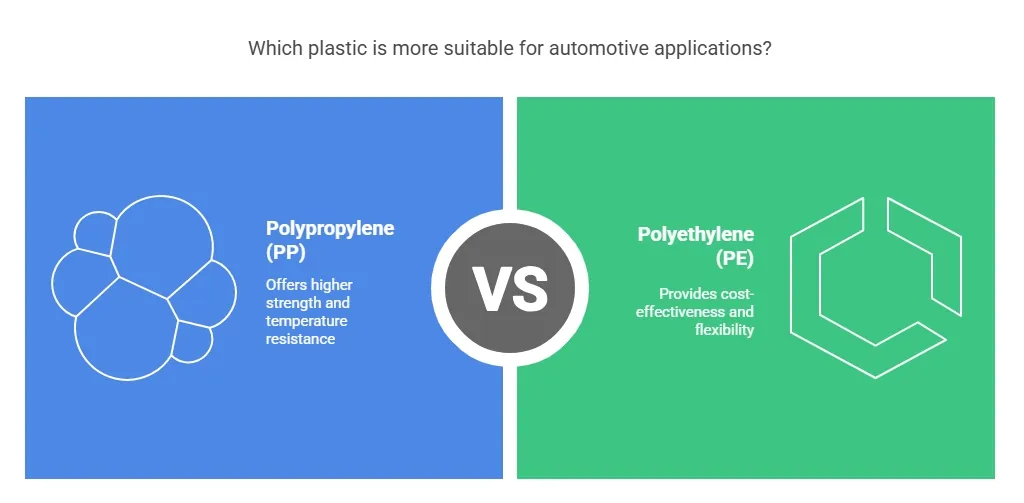Prototype Mold is low-cost mold that is made before production. It uses phased approach to build the mold. This mold helps with the purpose of testing the product before final production is done. These types are not the final versions, so that’s why they are generally made from materials which are less costly like aluminium, p20 or steel. These molds are then used for production of final product.
Table of Contents
ToggleVariants of Prototype Molds
There are various types of methods which can be used to develop prototype molds. Some of the most common ones are as follows:
- Master Unit Die Molds: MUD has a standard frame for injection molding that uses some set insert numbers to bring out the shape of the part. Inserts are produced through CNC or EDM. The method used to make the prototype mold depends on the kind of material on which the mold is required. If CNC cannot fulfil the requirement EDM comes in picture. Benefits of this method are:
- Low turnaround time and less expensive method for revision of prototype.
- Redesigning, removing or re-insertion of inserts can be achieved easily while the larger part is still in the prototype mold
Disadvantage of this method:
- It is not advisable to use it in Rapid Prototyping.
- Aluminum Mold Tooling: Generally this techniques if used with solid aluminium is done to make final prototype for the project, but there are tools which makes molds in manner that there design can be changed iterative manner during the development process of the project. Benefits of this method are:
- Aluminum cools very fast as it is strong conductor of heat , due to this property it becomes useful in case of injection molding as quick cooling means more cycles in less amount of time thus resulting in faster production.
- Aluminium tooling gives an easy and improved flow to the material used, which result in less errors in design and thus almost no defective parts. Less defective parts means you will be saving money in the process.
Disadvantages are:
- If high finish is required it is not a favourable choice.
- Not as robust as steel.
- Steel Mold Tooling: These types of tools are generally employed for full scale production rather than for developing prototypes. Here the focus is mainly on production rather than the design. Benefits of this method are:
- The prototype mold developed using this method has long life span due to which it is a popular choice.
- More robust than aluminium.
Disadvantages are:
- These tools are complex and very precise and that’s why they are used for main development of product so if there is any error rectifying it becomes little cumbersome.
- Errors if occur then they tend to increase the cost, thus this puts a pressure on the team responsible for designing and development to get all details precisely correct in pre-production iterative phase.
Some benefits of Prototype Molds
If you are still contemplating as to why you should use Prototype Molding techniques as to develop final product then let’s see why you should employ these services:
- To best meet the specifications or if you are confused as to how the final product will look after, these prototypes will give you an idea and that too in best cost effective manner possible.
- Prototype will help you evaluate how cost effective and efficient the process of developing the product will be.
- If the design is in development phase and you want to try out various versions of the product, prototype can help you in getting the feel of the product. If there is need to make changes in the drawing then you can do so easily at this stage rather than when final products are being developed.
- Prototyping uses materials that are of low cost and the process of developing it is also not time taking thus it makes it easier to experiment with the design and give you an opportunity to get best and not settle for substandard final part.
Conclusion:
When it comes to choose what type of Prototype Mold Technique to be used, there are multiple options that are available in the market. The factor that decides which types of variant you will be using depends on the material and design of the prototype you want to develop. Master Unit Die (MUD), Aluminium Mold Tooling and Steel Mold Tooling are the most common ones that are used to develop the mold.
All the methods have their own benefits and disadvantages that you have to consider before choosing any one of them. Your own requirement.







